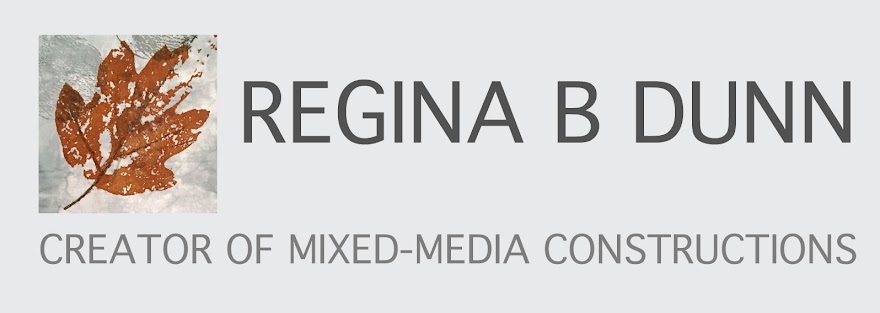I used to think that my small Point-and-Shoot camera (Canon Power Shot) was fine for all my photography. When I compared my travel photos I took on it to the photos my husband took on his professional camera (Pentax K7), mine looked as good (sometimes, better) than his. My photos were sharply in focus and the colors were true. And the detail shots from my camera were wonderful. He didn’t own a macro lens, so he couldn’t take close-up shots and my camera has a button in the Program to take close-ups.
But I discovered my camera’s weaknesses when I took quilt photos:
1.) When I took photos of my quilts from a distance to get the whole quilt in the photo, they seemed adequate, but when I looked at the photo on the computer monitor and zoomed in, they seemed a little fuzzy. (And I was using a tripod and a 10 second delay.) When I looked at quilt photos from art quilts of some of my favorite artists, I could zoom in on their photos a great deal and their photos stayed sharply in focus. Sometimes, I could even see individual stitches on their quilts when I zoomed in.
2.) On some of my quilts, the camera had trouble reading the correct colors. It didn’t matter if I took the photo outside in the daylight or inside.
So, to solve problem number one:
I asked for help from a Yahoo group from SAQA (Studio Art Quilt Associoates) that I belong to and I got a lot of good advice from them. Various members told me that I probably didn’t have my aperture on the camera set high enough (which means I didn’t have my camera set to focus on both the depth of the valleys produced by the quilting and the top surfaces of the quilt at the same time.)
I did some research on-line about point-and-shoot cameras and found out that they do not have adjustable apertures. They only have one aperture setting. That works fine if you are taking landscape photos, or portraits where you aren’t going to be zooming in, or close-up shots where everything you want is at about the same depth. But it doesn’t work for quilts because quilts have depth due to the stitching and quilting. It’s okay for photos that you are going to only use for your blog, but not for your website where you want people to be able to zoom in to see the quality of your work to make sales. It’s not okay for photos for calls for entry where you want the jurors to be impressed with your work, either.
The only answer I found is to use a camera that you can adjust the aperture setting to above 8. I ended up using my husband’s camera for the whole shots and using an aperture setting of 10 to get clear, crisp photos. And of course, I had the camera on a tripod and had the camera set for a time delay. I used a 12 second delay. I set the tripod at a distance so that the quilt fit well into the photo and had space to crop later using photo software. I had the quilt pinned to my design wall, which is white felt glued onto insulation board. DESIGN WALL I had the pins pinned onto the back of the quilts so that they could not be seen.
Here I’ll show you an example with a quilt called "Three Round Bales". I it made several years ago with the theme of a hayfield. (I was influenced by Gustav Klimt at the time, after a trip to Eastern Europe and made several art quilts with the Klimt influence.) Because of many beads, wires, and stitches, it has a fair degree of depth in places, and needed to have a camera with a high aperture setting to get a good depth of field.
 |
| Hayfield art quilt photo with the Pentax |
1
 |
| quilt photo with my point-and-shoot camera |
You can see that the second photo is adequate, but isn't in focus everywhere if you zoom in on it.
And since my detail shots with my point-and-shoot camera came out so crisp and focused I just couldn’t figure out why the whole quilt shot kept coming out fuzzy until I found out that my camera only had the one aperture setting in it.
Here is a detail shot with my little point-and-shoot camera.
 |
| Detail showing wire and beads |
You can visit my website ReginaBDunn.com to see the other detail shots of this quilt and to read the background information and see the other Klimt-influenced farm hayfield quilts I made at that time (go to the Landscape section of the Gallery).
Next week, I’ll post how I solved problem number two.
I hope I’m not boring you with technical details. I just know how I struggled with this when I was trying to enter quilts into calls for entry and couldn’t figure out what was going on. I hope it helps some of you.
By the way, if you join SAQA, you get to belong to their Yahoo discussion group and you can search back through all the topics that have ever been discussed there. I have learned so much from this group of artists on an amazing variety of topics. You can ask any question and that same day it will be answered in detail by several people. And that is only one of the membership benefits. Visit SAQA.com/ to learn more about membership.
I'm linking this to
Off The Wall Friday where you can see other art quilt blogs. Please make comments on their posts to let them know you visited.










